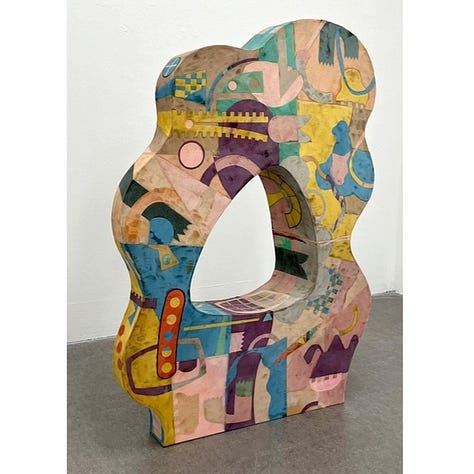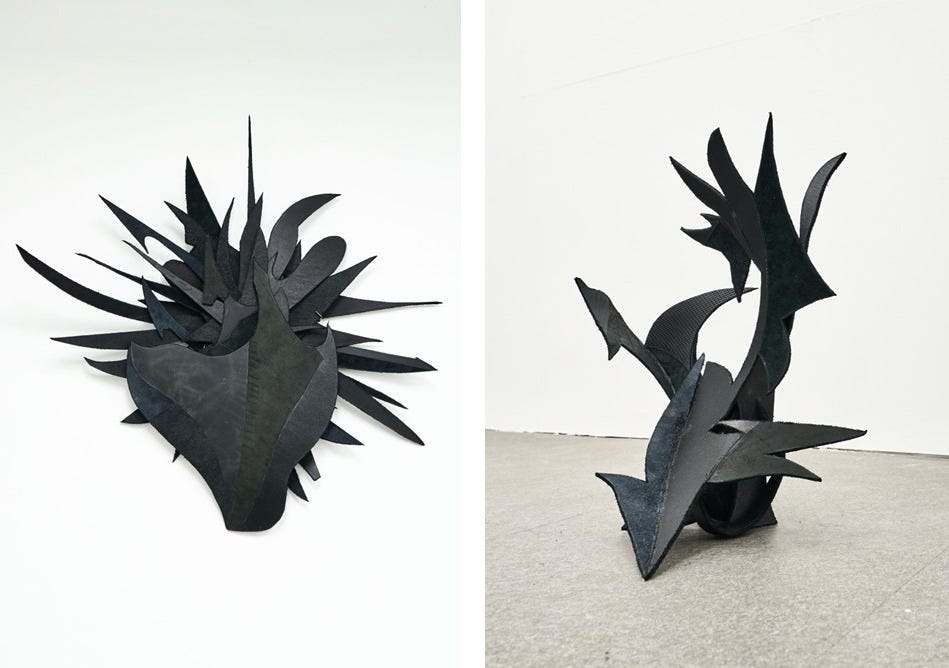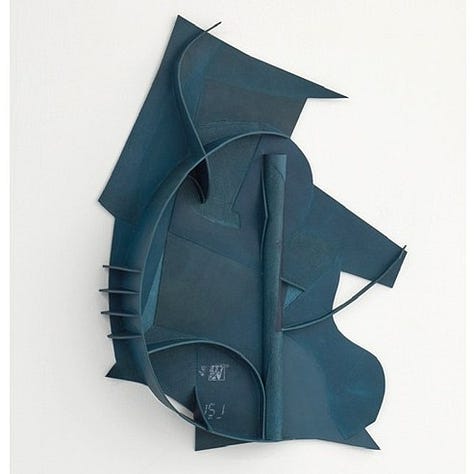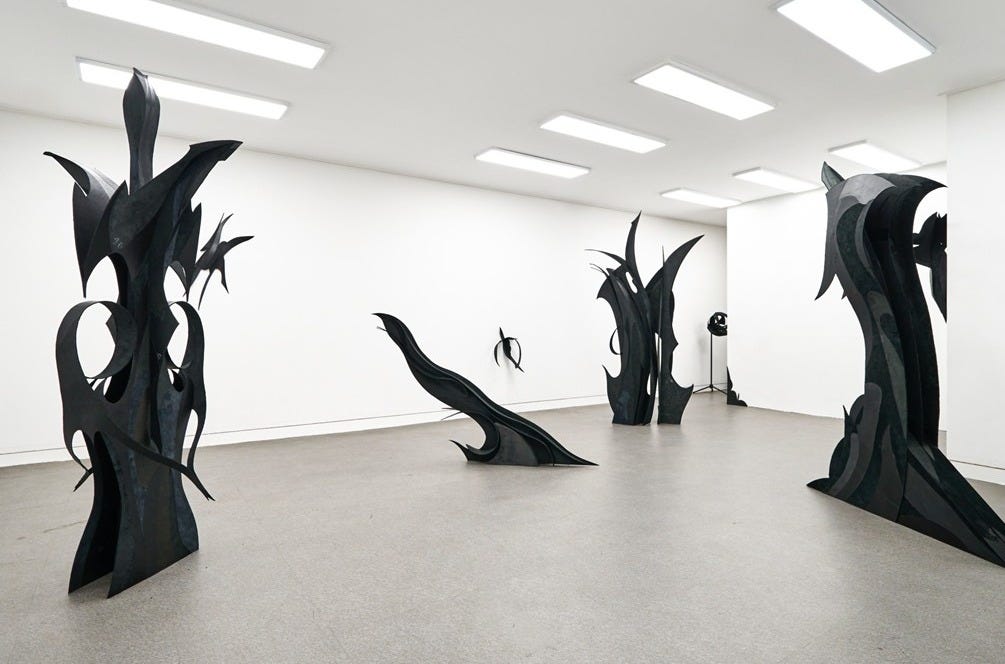Ha Sung-Wook
Interview with the sculptor based in Seoul, South Korea. Discarded leather has become a central medium through which Ha reflects on cycles of production and disposal in contemporary consumer society.

Ha Sung-Wook is a Seoul-based sculptor whose practice explores material transformation and the systems that shape contemporary consumer life. After a period away from the art world running a leather goods business, Ha began working with discarded leather—once a byproduct of industrial production—as a primary medium. Through this material, he reflects on cycles of production and disposal, reimagining the surface of leather and positioning it as an autonomous presence within sculptural form.
https://www.instagram.com/ha_sung_wook_/



What themes and motifs do you explore in your art?
Lately, I have been drawing a lot of inspiration from plants. Sometimes I feel that the relationship between order and structure revealed within organic forms is close to the archetype of all things in the world. Observing how plants grow and support each other, I explore ways to connect the surfaces of discarded leather into organic forms, augmenting their bodies into stable structures.
What makes an artwork “good” in your opinion? Why?
When my work progresses in directions I haven’t tried or thought of before, unexpected forms or expressions sometimes emerge. I feel joy in my work, and consider it “good,” when such unanticipated, non-habitual expressions appear. It would be nice to discover these unexpected expressions every time, but in reality, it happens very rarely, which makes them feel even more “good.”

When you feel stuck, how do you get un-stuck?
There are often times when I can’t think of what to make or why I should make it. This usually happens when I get greedy. When I start thinking about how it should look or wanting to make it really well, the work doesn’t start smoothly. So instead of thinking too much about what to create, I spend a lot of time just moving my hands—stacking, carving, and attaching things without really knowing what it will become. Often, by the end of the day, nothing significant has been made. Still, I don’t feel regret or anxiety at all. In fact, I sometimes enjoy it even more when I work this way, and somehow the work ends up being fun to complete. In any case, even when I feel stuck, the moment I’m touching and making something in the studio is what I enjoy the most.

What inspired you recently?
These days, I enjoy examining very small, trivial details. The shapes of bones and muscles forming under the skin of a person’s leg, bark precariously attached to a tree trunk, or the volume of a half-eaten snack bag—when I look at these tiny details for a long time, I feel their sense of volume gradually expands. I think that this emerging sense of volume, though unfamiliar, could provide a hint for how something can develop a certain presence.



What drives you to do what you do?
Right after graduating from university, I stopped making art and started a business. I was financially unstable and felt I couldn’t manage both at the same time. For the five years (2018–2023), I ran a business producing and selling leather goods, and I found a sense of stability. However, over time I realized that what I truly needed wasn’t money. My longing for a meaningful life grew, and I felt that only making art could satisfy this. So I closed the business and since then I’ve been working on my art very happily. Of course, my financial situation has become more difficult, but I believe that even in poverty, life is about doing something you are passionate about.



